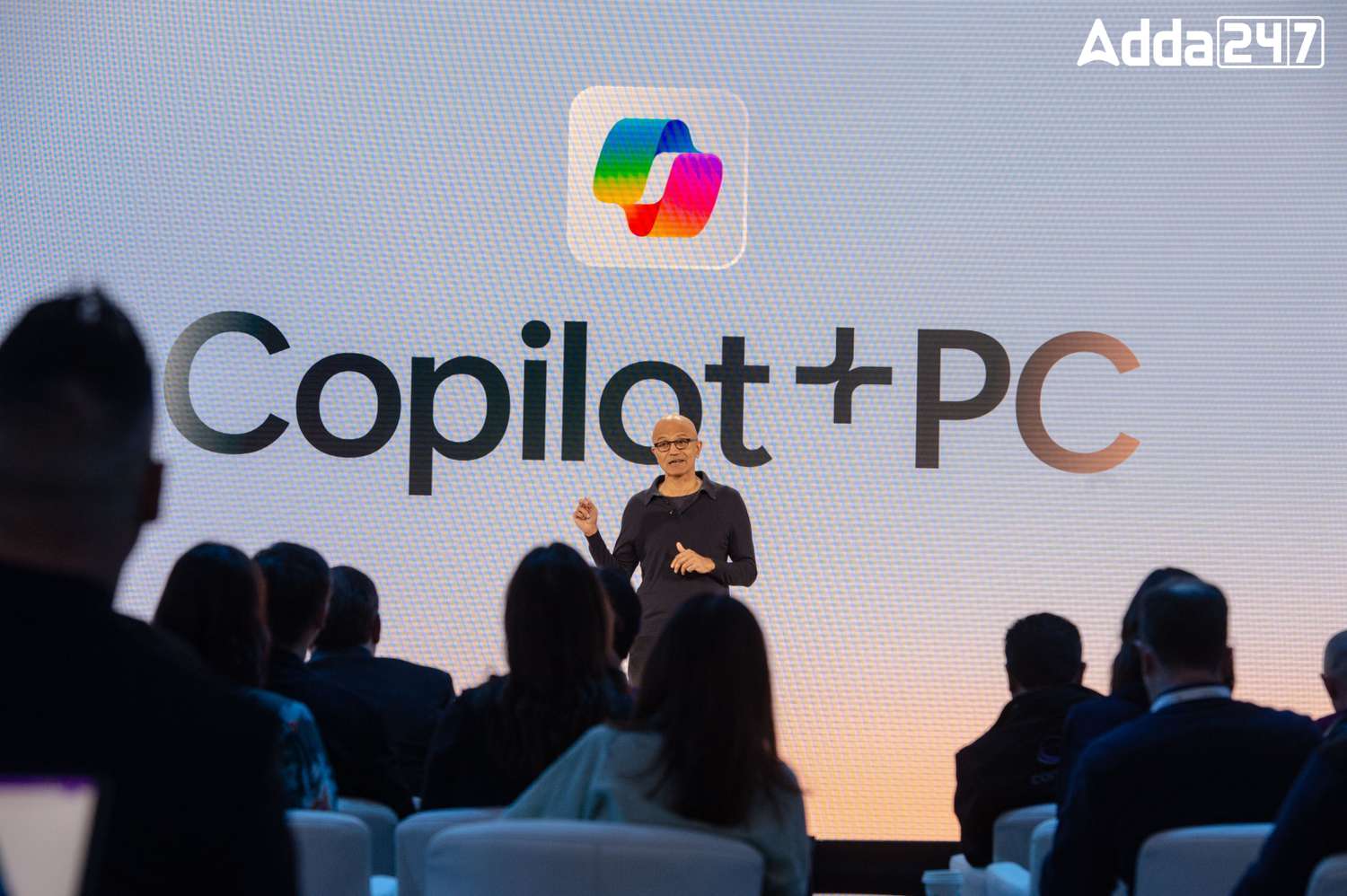Microsoft has introduced a new category of personal computers, ‘Copilot+ PCs,’ featuring advanced AI capabilities to compete with Alphabet and Apple. These devices, developed in collaboration with Acer and ASUSTeK Computer, aim to perform AI tasks locally without relying on cloud data centers. The launch event took place at Microsoft’s Redmond, Washington campus on May 20, with sales starting on June 18 at a base price of $1,000.
Innovative ‘Recall’ Feature
CEO Satya Nadella highlighted the ‘Recall’ feature, which tracks all activities on the computer, creating a searchable history for users. This functionality extends to web browsing, voice chats, and more, enhancing user convenience and productivity.
Copilot+ Voice Assistant
The Copilot+ voice assistant was showcased as a real-time virtual coach for Minecraft players, demonstrating the integration of AI to enhance user experiences in various applications.
Market Impact and Sales Projections
Yusuf Mehdi, Microsoft’s head of consumer marketing, projected that 50 million AI PCs would be sold over the next year. He emphasized that the faster AI assistants running directly on a PC would provide a compelling reason for users to upgrade their devices.
New Surface Devices and Prism Technology
Microsoft also unveiled the latest generation of its Surface Pro tablet and Surface Laptop, featuring Qualcomm chips based on Arm Holdings’ architecture. The new Prism technology was introduced, enabling software designed for Intel and AMD chips to run on Arm-based chips.
Competitive Edge Against Apple
In a demonstration, Microsoft’s new devices outperformed an Apple device running Adobe’s photo editing software, highlighting the superior speed and efficiency of the Copilot+ PCs. This follows Apple’s recent announcement of an AI-focused chip for future laptops.
Industry and Market Context
The launch of Copilot+ PCs comes as Microsoft’s shares are trading near record highs, driven by optimism about AI’s potential to boost profits. Despite a decline in global PC shipments by about 15% last year, Microsoft anticipates its new Copilot+ PCs will capture approximately one-fifth of the market.




 IFFCO-TOKIO Partners with Cooperatives t...
IFFCO-TOKIO Partners with Cooperatives t...
 NHAI Partners with Reliance Jio to Launc...
NHAI Partners with Reliance Jio to Launc...
 Camikara Becomes First Indian Rum to Win...
Camikara Becomes First Indian Rum to Win...







